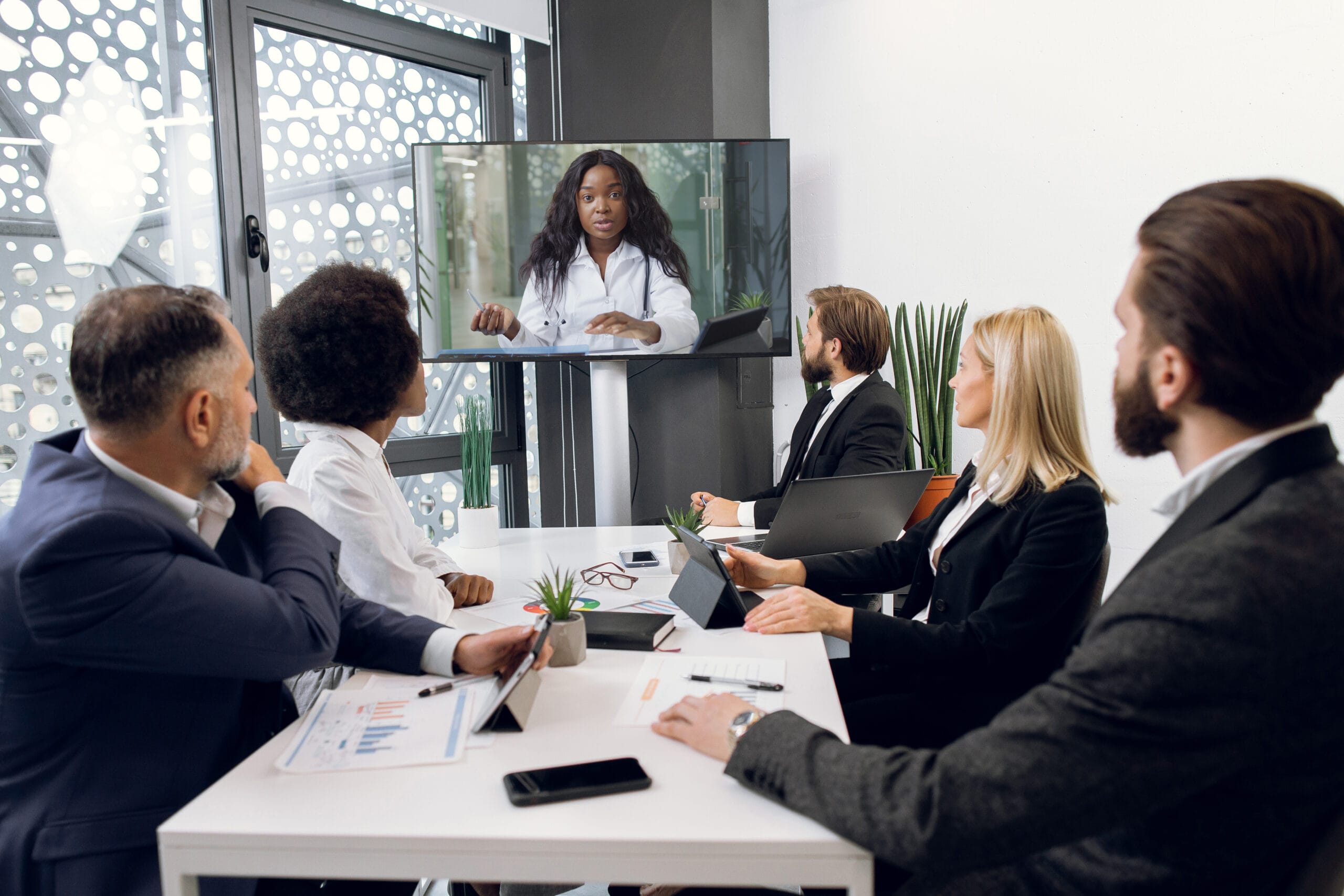Astound the Jury: Crucial Components of a Powerful Trial Presentation
Essential elements such as recognizing the audience, crafting a compelling narrative, and understanding verbal and non-verbal communication are critical parts of a reliable presentation. As these aspects link, they create a cohesive approach that not just informs however also engages jurors on multiple degrees.

Understanding Your Audience
Comprehending your audience is a critical facet of reliable trial discussion. A successful discussion depends upon the capability to understand the demographics, worths, and proneness of jurors. This comprehension educates just how arguments are mounted, evidence exists, and sob stories are crafted, making sure that the message reverberates with the jurors on an individual level.
Study indicates that jurors come from diverse backgrounds and may have varying levels of comprehending pertaining to legal procedures. Furthermore, recognizing the jurors' prospective predispositions and life experiences allows the test speaker to anticipate objections and address concerns proactively.
Efficient trial presentation also involves observing jurors' reactions during the proceedings. Being in harmony with non-verbal cues can provide insight into their involvement and understanding, permitting real-time changes in approach. Eventually, a profound understanding of the audience not only improves communication however additionally develops connection, enhancing the chance of a beneficial outcome. Engaging with jurors as individuals instead than a collective unit is important in fostering a strong connection in the courtroom.

Crafting a Compelling Story
Crafting a compelling narrative is necessary in leading jurors through the intricacies of a situation. A well-structured narrative not only streamlines detailed lawful ideas however additionally engages jurors on a psychological degree, making the details more relatable and memorable.
This message ought to resonate with the jurors' values and experiences, fostering a connection that transcends mere truths. This sequential strategy can aid jurors comply with the progression of occasions, stressing reason and result.
Integrating human aspects-- such as individual stories or stories-- can even more improve the narrative's impact. These aspects stimulate compassion, permitting jurors to envision the effects of the instance on real lives. Furthermore, utilizing a constant theme throughout the discussion strengthens the primary argument, making it simpler for jurors to keep crucial points.
Eventually, a compelling story changes a trial discussion from a simple recitation of truths right into an influential tale that astounds the jury, encouraging them to ponder with both reason and feeling.
Making Use Of Aesthetic Aids
Integrating visual aids into a trial presentation can significantly boost jurors' comprehension and retention of information. Visual products such as graphes, diagrams, photographs, and videos can transform complicated legal principles and proof into easily digestible styles. By engaging numerous detects, these help permit jurors to envision the situation's key elements, making it much easier for them to comply with the original source along and realize intricate information.
Furthermore, properly designed visual help can stress crucial points and highlight connections between different pieces of evidence. Timelines can successfully highlight the series of occasions, while annotated pictures can clarify certain information appropriate to the instance. This not only aids in understanding yet also strengthens the narrative provided by the attorney.
Extremely intricate or chaotic visuals might overwhelm jurors and detract from the message. Inevitably, effective visual communication can be a powerful tool in persuading jurors and helping them reach notified conclusions.
Grasping Verbal Communication
Reliable verbal communication is essential in a test discussion, as it functions as the key methods with which lawyers share their disagreements and get in touch with jurors. Understanding this skill includes quality, persuasion, and interaction. Lawyers should express their factors clearly and concisely, avoiding lawful lingo that may perplex jurors. Simplicity in language promotes understanding and assists jurors understand complicated concerns offered during the trial.
Moreover, tone and pacing dramatically impact exactly how messages are gotten. A certain tone conveys authority, while ideal pacing allows jurors to soak up information without really feeling overwhelmed. Attorneys should likewise vary their singing inflections to highlight crucial points and keep jurors' interest throughout the discussion.
In addition, the Extra resources company of spoken debates is essential. Structuring the narrative practically and coherently aids jurors adhere to the lawyer's line of reasoning, making it less complicated for them to retain essential details. Using persuasive strategies, such as storytelling, can also enhance the psychological vibration of the disagreements provided, thus developing a much more profound link with jurors.
Inevitably, mastering spoken communication not just reinforces a lawyer's situation however likewise fosters count on and connection with the court, dramatically boosting the possibilities of a positive decision.

Engaging With Body Movement
Nonverbal interaction plays a vital duty in test discussions, usually conveying messages that words alone can not express. Body movement, including gestures, pose, facial expressions, and eye contact, considerably influences exactly how jurors regard the reliability and sincerity of the presenter. A positive stance, with shoulders back and an open position, can impart depend on, while closed-off body language might suggest defensiveness or unpredictability.

Face expressions must show the emotions connected with the situation, enhancing the narrative being provided. For example, a sincere expression during an emotional minute can generate empathy and reinforce the psychological appeal. Eventually, grasping body movement is essential for efficient trial presentations, as it see this page improves spoken communication and develops a compelling existence that resonates with the court.
Verdict
In verdict, astounding the court demands a tactical strategy that encompasses comprehending the target market, crafting a compelling story, utilizing visual aids, understanding verbal interaction, and involving via body language. Each component plays an essential role in creating an effective test presentation that resonates with jurors on both emotional and intellectual degrees (trial presentation). By integrating these elements successfully, lawyers can dramatically improve their capability to persuade and influence jury decision-making
Comments on “Trial Presentation Advanced Technology for Engaging Courtroom Presentations”